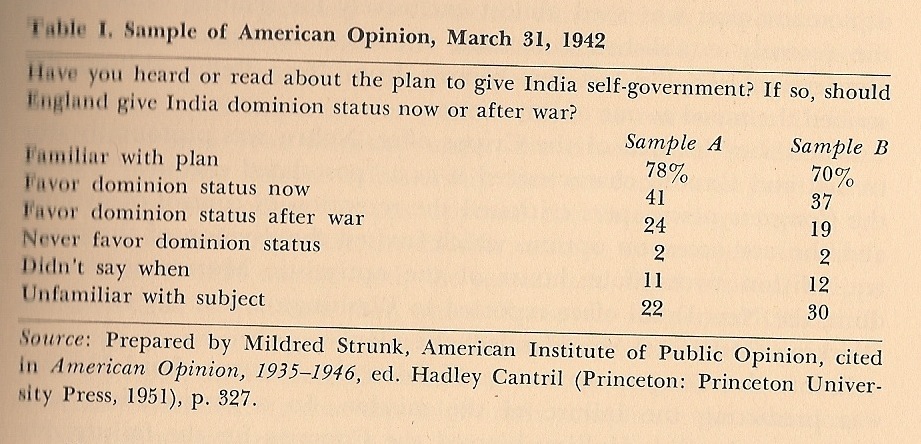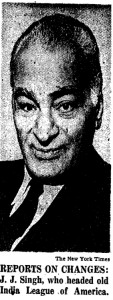Upon his death on August 14, 1951, William Randolph Hearst’s estate included a publishing company with assets of more than $160,000,000, comprised of 18 newspapers and 9 magazines. These were:
- Boston American; (pub. 1951-1954)
- Boston Record
- Boston Sunday Advertiser
- Albany Times-Union (pub. 1891-current; on microfilm at Albany Public Library)
- New York Journal-American (pub. 1941-1966; on microfilm at LoC)
- New York Mirror
- Baltimore News-Post (pub. 1936-1964; on microfilm at LoC)
- Baltimore Sunday American
- Pittsburgh Sun-Telegraph (1927-1960; on microfilm at office of Commonwealth Libr Bur of State, Harrisburg, PA)
- Detroit Times
- Chicago Herald-American (1939-1953; on microfilm at LoC)
- Milwaukee Sentinel
- San Antonio Light (1911-1993)
- Los Angeles Examiner (1903-1962; L.A. public library; 1945 at LoC)
- Los Angeles Herald-Express
- San Francisco Examiner (1902-current; LoC)
- San Francisco Call Bulletin
- Seattle Post-Intelligencer (1921-2009)
- Cosmopolitan, Good Housekeeping*, Harper’s Bazar*, House Beautiful, Town and Country, Motor, Motor Boating, American Druggist, Connoisseur (* also published in London)
Hearst was also associated with The American Weekly, King Features Service, International News Service and International News Photos.
After World War II, Hearst controlled 10% of daily circulation, the largest news corporation in the United States.
W.A. Swanberg, Citizen Hearst: A Biography of William Randolph Hearst (New York: Charles Scribner’s Sons, 1961), 531-532.
Thomas C. Leonard. “Hearst, William Randolph”; http://www.anb.org/articles/16/16-00738.html; American National Biography Online Feb. 2000.
Library of Congress, Chronicling America, http://chroniclingamerica.loc.gov/























